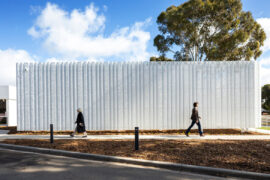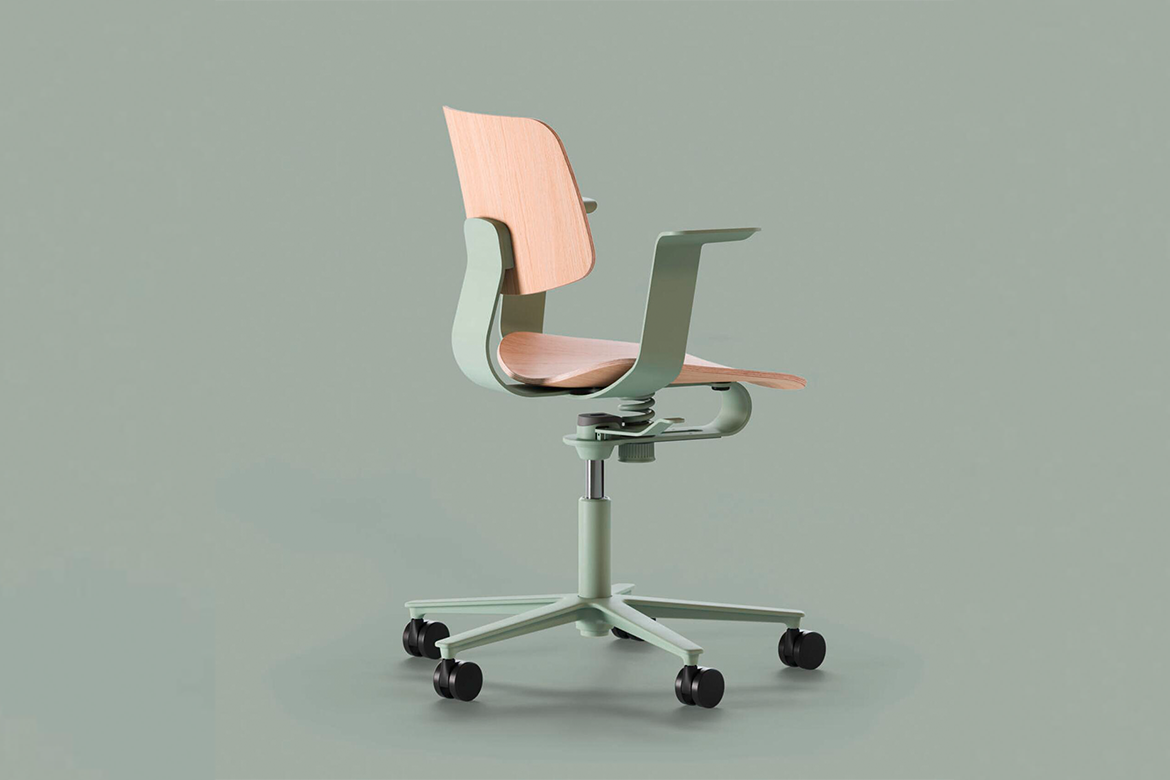If we’re going to disrupt the aged care sector, who better to bring on the journey than Baby Boomers? Futurist and demographer Bernard Salt AM believes they have the perfect ‘get up and go’ disposition to make ‘ageing’ all the rage.

Schooled in rock‘n’roll, the Boomers are more professional, more tertiary educated, more active and have less mobility issues than any previous 60s-plus group. “I think Baby Boomers will rail against the concept of an old folks’ home,” Bernard Salt suggests. The next 25 years will see the number of people over 65 years double as five million Baby Boomers “jump into the space” previously occupied by 2.5 million.
“There are a whole lot of Baby Boomers moving into old age, and they will live longer and healthier lives,” says Salt. “We’ve come from the period in history where you worked to the age of 65, then retired and were eligible for the old age pension.” Technically, you were branded ‘old’.
But unlike previous generations, Salt believes the Boomers will not kowtow to age 65 as a trigger for acting, thinking or behaving old. “If you can remain healthy in your 60s and early 70s, there’s a lot of living to be done,” he asserts.
“For architects and designers who are sensitive to an ageing community through an architectural lens, this is a good space to be in during the next 20-30 years. It’s really the chance to set a new vision for how life might be lived.”
Use of the term ‘aged care’ needs to shift. It’s ageist and has negative connotations. It will be commandeered by the politically correct and reinvented. We need to regard what’s currently dubbed ‘aged care’ as an industry that is far more nuanced than it is. Just as there are about five different segments in the first 25 years of life – infancy, childhood, pre-teen, teen, young adult and adult – for Boomers, the concept of ageing will become like a spectrum.
The Australian aged care industry lumps everyone over 65 years into one big block. From a different standpoint, what we now call old age, could be broken into three main phases that people move through, like a series of doors.
Designers in the residential and senior years markets would ideally be thinking about homes that adapt for each stage. Phase one kicks in around 58 years and runs through to 68 years with people typically city-based and more working than retired. In phase two, 68-78 years, people might be more retired than working. Lifestyle – sea or tree change and visiting grandchildren starts to offset the commercial side.
Beyond 78 years, phase three is often lived alone, when a partner has passed away and children are living globally. Being able to connect through technology, having companion pets, religious affiliation or spirituality, home security, accessible spaces and mobility support will be significant.
As more people in the older bracket remain in the workforce, avoid pigeonholing by age group. We’re talking people in their 60s and 70s who may not be the CEO or managing director, but are more likely to be ‘special interest workers’; have them rub shoulders with people in their 30s and 40s. Communal spaces and kitchens where people can collaborate, engage, and bump into other staff helps ensure senior workers are part and parcel of the workflow and the office comings and goings. Ergonomic sit-to-stand desks and accessible design will need more attention.
Being more active and engaged in exercise than their predecessors, could see Baby Boomers push demand in the wellness sector. That could mean exercise facilities – leaning more towards pilates and yoga than gyms. It could also mean spaces where men’s groups or special interest groups can meet, and where people remain connected for other friendship and hobby groups. Open and flexible public amenities, largely provided by local councils, could be used for activities such as card games at one end, with more private spaces for yoga at the other.
As people age, our thinking changes. Relationships and connections become increasingly important. How older people might be interspersed with and part of the broader community will be one of the great challenges. There will be a market for five star, hotel-style residential living – currently aged care facilities – where you can buy in everything from room service to medical attention and nursing care. I don’t anticipate that people will want to be closeted away in a little enclave with ‘all’ old people.
Loneliness and social isolation are going to be a major issues, when one partner is deceased and children are based globally. Could we see the emergence of almost commune-type, collaborative housing for those aged 65-80 years? Three or four individuals might live together, each with their own kitchenette, but have a sense of privacy yet shared communal spaces. Co-housing, cohabitation or companion relationships where people live together in a communal sense, but not in an intimate way, while still having privacy – how might that work? I’m not sure anyone has come up with the right model yet.
Bernard Salt is a futurist who analyses demographic and social change to interpret how society and business might evolve. He is managing director of The Demographics Group, which assists business, government and the community in navigating demographic and social change.
This article originally appeared in issue #75 of Indesign magazine, the Healthcare and Wellbeing issue. We’re gearing up for the release of our next issue – join our mailing list here.
INDESIGN is on instagram
Follow @indesignlive
A searchable and comprehensive guide for specifying leading products and their suppliers
Keep up to date with the latest and greatest from our industry BFF's!

CDK Stone’s Natasha Stengos takes us through its Alexandria Selection Centre, where stone choice becomes a sensory experience – from curated spaces, crafted details and a colour-organised selection floor.

For a closer look behind the creative process, watch this video interview with Sebastian Nash, where he explores the making of King Living’s textile range – from fibre choices to design intent.

For those who appreciate form as much as function, Gaggenau’s latest induction innovation delivers sculpted precision and effortless flexibility, disappearing seamlessly into the surface when not in use.

Merging two hotel identities in one landmark development, Hotel Indigo and Holiday Inn Little Collins capture the spirit of Melbourne through Buchan’s narrative-driven design – elevated by GROHE’s signature craftsmanship.

Through expert architecture, EBD Architects has provided a human face to great design and created a project that enhances the lives of people and community.

The design and delivery of aged care design has been undergoing a significant transformation in recent years, driven by shifting demographics and the evolving needs and expectations of seniors.
The internet never sleeps! Here's the stuff you might have missed

True sustainability doesn’t have to be complicated. As Wilkhahn demonstrate with their newest commercial furniture range.

From furniture and homewares to lighting, Dirk du Toit’s Melbourne-based studio Dutoit is built on local manufacturing, material restraint and the belief that longevity is central to sustainable design.